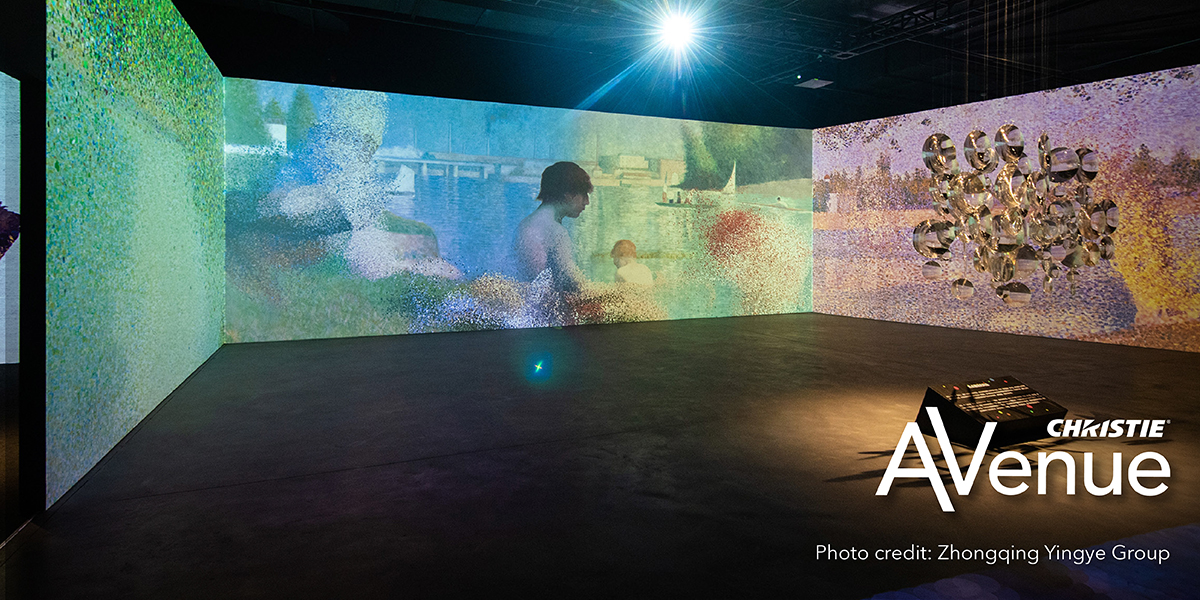Show, don’t tell: Looking is learning

Sometimes, things just refuse to make sense. Even the most academically gifted among us know the frustration of our brains simply refusing to absorb an idea. Days when the words on the page could be in Klingon and the footnotes in Elvish for all the understanding they bring.
And then, suddenly, we get it and wonder why we struggled — now it’s so obvious.
Learning new things can be tough – but it’s also hugely rewarding and can, and should, be fun. We’re naturally curious creatures, after all. But when our primary sense is visual, do all those words get in the way?
Visual media first
We often turn to visual media when learning for pleasure or out of curiosity and an entire infotainment sector has grown up around our desire to discover. We may not need to know the social habits of meerkats, but boy, is it fun to find out! Similarly, while the primary purpose of planetariums is to study the cosmos, we visit to be wowed by the visuals. If a little knowledge slips in along the way, all the better, but what we really want is black holes and big bangs in 4K laser projection with a stereo soundtrack.
The same is true with art galleries and museums. The most enlightened institutions know artifacts in cases and pictures on context-free walls aren’t nearly as compelling as a storytelling video wall or big-screen presentation. They know that anything audio-visual is worth way more than a thousand words and that a five-minute video might spark life-long enthusiasm, especially for younger visitors. That’s why museums like the Academy Museum of Motion Pictures in Los Angeles, the Museu do Ciclismo Joaquim Agostinho in Lisbon, and the ArTech Hub gallery in Chongqing have invested heavily — and successfully— in groundbreaking AV because there’s simply no better way to share their enthusiasm and insights with the world.
Smart classrooms
But what about learning in more structured environments? One of the hot topics in education today is the concept of smart classrooms. The idea here isn’t simply to replicate whiteboards with digital screens but to borrow from infotainment techniques to supercharge pen-and-paper learning and allow for real-time progress checking rather than relying on end-of-term exams. A generation that instinctively turns to screens and search engines for enlightenment at home will expect to do the same at school — and be surprised when they can’t.
Similarly, techniques pioneered in simulation, such as 3D visualization, are almost commonplace in higher education. Medical students simulate surgery, engineering students pre-test complex mechanisms, and theoretical physicists in training visualize sub-atomic structures.
Learning has always meant looking at things in a new way, and now that technology gives us so many new ways to look, we can only wonder at what a new generation will see.






